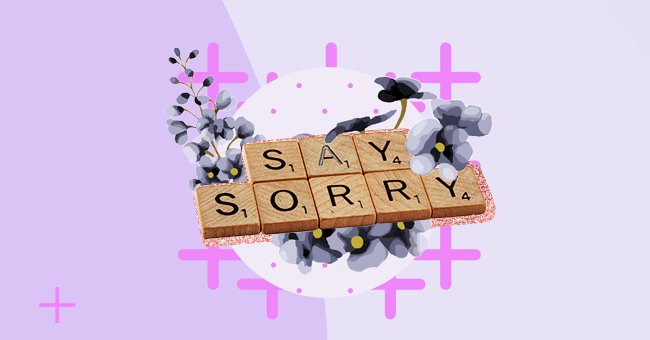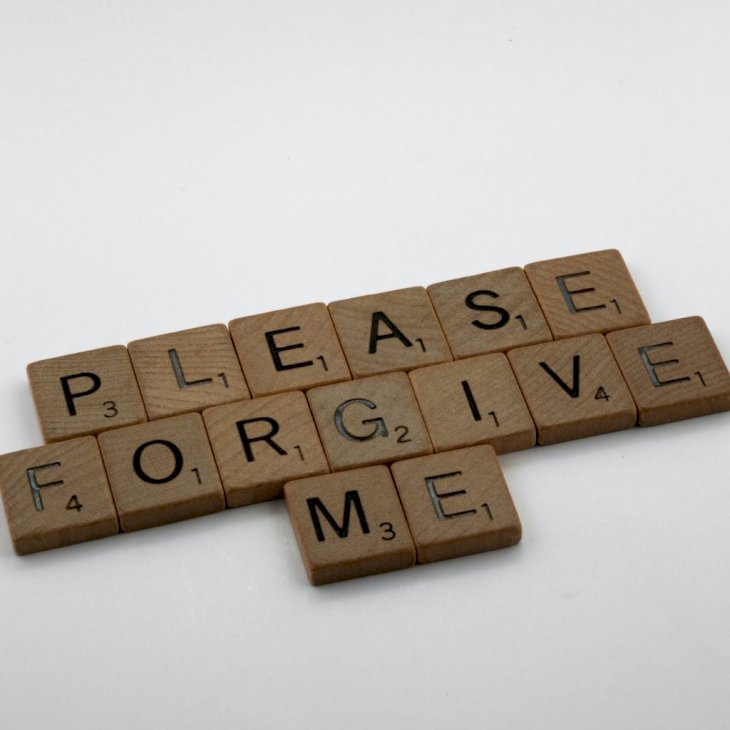
Exploring The 5 Apology Languages & How To Use Them
Everyone messes up now and again. What do you want to hear or see when you've someone wrongs you to know that they mean it?
Apology language aside, when someone has been hurt, they want to feel heard and validated. Apology languages, much like love languages, essentially help you understand yourself and your loved ones better, making mending inevitable relationship fractures easier according to Dr. Gary Chapman and Dr. Jennifer Thomas, authors of 'When Sorry Isn't Enough'.
Much luck with love languages; one may have a primary apology language, but it's possible to have multiple, depending on the situation. Here is a breakdown of each one and how to tell if it's your preferred apology language:
Expressing Regret

Photo by Brett Jordan on Unsplash
“I understand how I’ve hurt you, and I’m ashamed about it.”
Expressing regret is the simple act of saying, "I'm sorry." While it sounds obvious enough, many people allow pride or guilt to get in the way of this kind of apology.
Regretting what you’ve done shows that there’s a real emotional impact on you. Sometimes people need to see that pain reflected to feel like the apology is sincere and empty words.
Accepting Responsibility

Photo by Fred Moon on Unsplash
“This was my fault. Here’s why.”
Accepting responsibility occurs when someone genuinely admits they were wrong. Along with acknowledging your fault in the situation, Thomas says to name the mistake, so it doesn't ring hollow. As someone whos love language, this may be, you don’t like hearing excuses.
Accepting responsibility goes beyond saying, “I’m sorry.” It’s having the ability to set aside your pride and admit that you were wrong and portraying that you know what you did to hurt the other person.
Making Restitution

Photo by Nathan Dumlao on Unsplash
“I’m sorry, I’m late! Dinner is on me since you had to wait so long.”
Making restitution includes finding a way to rectify the situation. This is a common apology scenario if something is lost, broken, and the apologizer offers to pay for the inconvenience.
This is an attempt to restore trust. The idea is to exchange goods, labor, or money in exchange for the mistake that was made. This may be your primary language if you want someone to prove they're willing to take action about the problem (i.e., put their money where their mouth is).
Genuinely Repenting

Photo by Gus Moretta on Unsplash
“I am so sorry that I’ve harmed you, and I’m going to take these steps to make sure I don’t make this mistake again.”
Genuinely repenting involves a change of behavior. With this apology language, saying sorry is not enough. This may be your love language is you require proof that someone if growing and essentially trying to do better.
The logic is simply that “the best apology is changed behavior.” That’s where this apology language comes in.
Requesting Forgiveness

Photo by Natalie Grainger on Unsplash
“Will you forgive me for saying those awful things about you?”
Requesting forgiveness allows the wronged person time to process their hurt before assuming everything is “back to normal.” This also places the power back into the hands of the hurt party.
This apology requires humility. This may be your language if you need to know the person apologizing is willing to wait until you're ready.